The grass is always greener on the other side they say. But when it comes to Island landscaping, it may be better—and more sustainable—to stay on this side if that’s the case, where the grass varies in color from yellow to red to green, and yes, brown.
As landscaping season gets underway once again, a re-examination of what it means to have a beautiful lawn on the Island is a good idea. Are sprawling expanses of a single species of grass really beautiful? Why have we decided lawns should be that way?
There are grasses and then there are grasses
“What we want people to do is to reconsider the lawn,” said Suzan Bellincampi, director of the Felix Neck Wildlife Sanctuary. “Really, a typical lawn is monoculture. If you’ve got a meadow, and you’ve got a lawn, one will have wildlife, and one won’t.”
The traditional lawn is usually the product of extensive maintenance, resistant to nature’s inclinations.
“We feel like we have to control our environment so much,” mused Ian Jochems, an environmental horticulturalist at Polly Hill Arboretum. “We feel like we have to clean things up.”
He said he understands the impulse to have a sprawling green lawn. For many, it’s a symbol of home and of childhood. But it comes at a high cost.
“The problem with grass is its high input,” Ian said. “It requires a ton of water and a ton of nutrients with very little benefit to the environment.”
Large swaths of a single species of vegetation, like the traditional lawn, limit habitat opportunities for Vineyard wildlife from monarch butterflies to birds to box turtles. Ian says many grasses traditionally used in lawns, like Kentucky bluegrass and fescues, are cool season grasses. They’re naturally greenest in spring and fall. They want to go dormant in summer, so they require a lot of watering to stay green when the temperature gets above 75 degrees.
Traditional grass lawns can have other negative effects too. Fertilizers used to treat grass can end up in the watershed and carry nutrients into Island ponds, contributing to algal blooms that restrict oxygen and endanger pond wildlife. The Island Blue Pages, a publication of the Martha’s Vineyard Shellfish Group, estimates that landscaping makes up 4% of nitrogen sources in Lagoon Pond.
Vineyard writer and naturalist Matt Pelikan said approaching a sustainable lawn, known to some as a “Vineyard Lawn,” requires a shift in mindset. He’s transformed his property to create habitat for wildlife.
“I’ve gone away from any notion of having things that look like a lawn,” Matt said. “I want something more like a meadow or an old field.”
His property is full of big blue stem, little blue stem, and panicgrass. He said when he goes hiking on the Island, he often collects seeds from wild plants and buries them in his yard, then waits to watch them grow.
“It’s about being comfortable with change and fluctuation, and getting away from the control freak mentality,” Matt added.
Ian advised that there are native alternatives to traditional grass that still provide a soft, even surface, but are more in sync with the Island environment and wildlife. He suggests hairgrass or seaside yarrow. Grasses and other native plants are sold at the Polly Hill's seasonal plant sale, which opens May 26th.
How about a smaller lawn?
Not ready to give up the grass? There are some small changes you can make to give the earth a break.
“Consider shrinking,” recommends Suzan. She said she encourages people to think about how much grass space they really need. A pollinator garden could be a substitute for unused grass space.
“Not to say you can’t have a small patch for your grandkids,” she said. But she added, “Kids love wildlife too.”
Another smaller change lawnowners can consider is leaving grass clippings down after mowing instead of fertilizing.
“Grass clippings have a lot of water and nutrients that can reintroduce themselves into the soil,” Ian pointed out.
At the very least, Suzan says people can check the weather before they introduce chemicals like pesticides and herbicides. If it rains, those substances are much more likely to leach into groundwater.
This information and more tips can be found in the Island Blue Pages, available online here: http://www.mvshellfishgroup.org/island-blue-pages/.
Suzan also invites people to come visit the butterfly and bird gardens at Felix Neck Wildlife Sanctuary to get inspiration for how to introduce habitat into their lawns.
“Your yard matters,” she said. “Even with a small lot, you can make a difference for wildlife.”





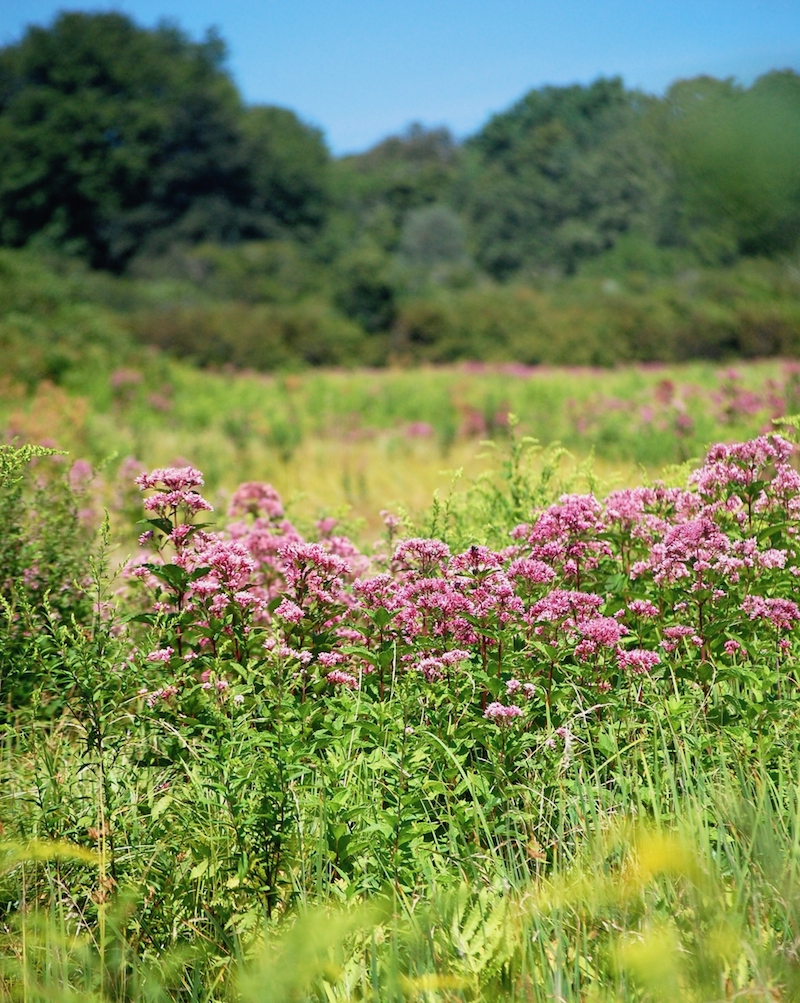
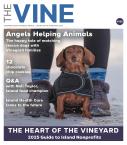
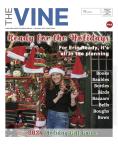
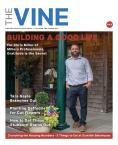
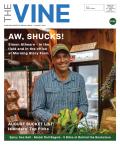
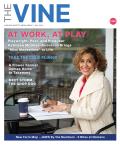
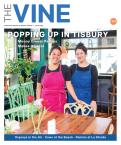
Comments